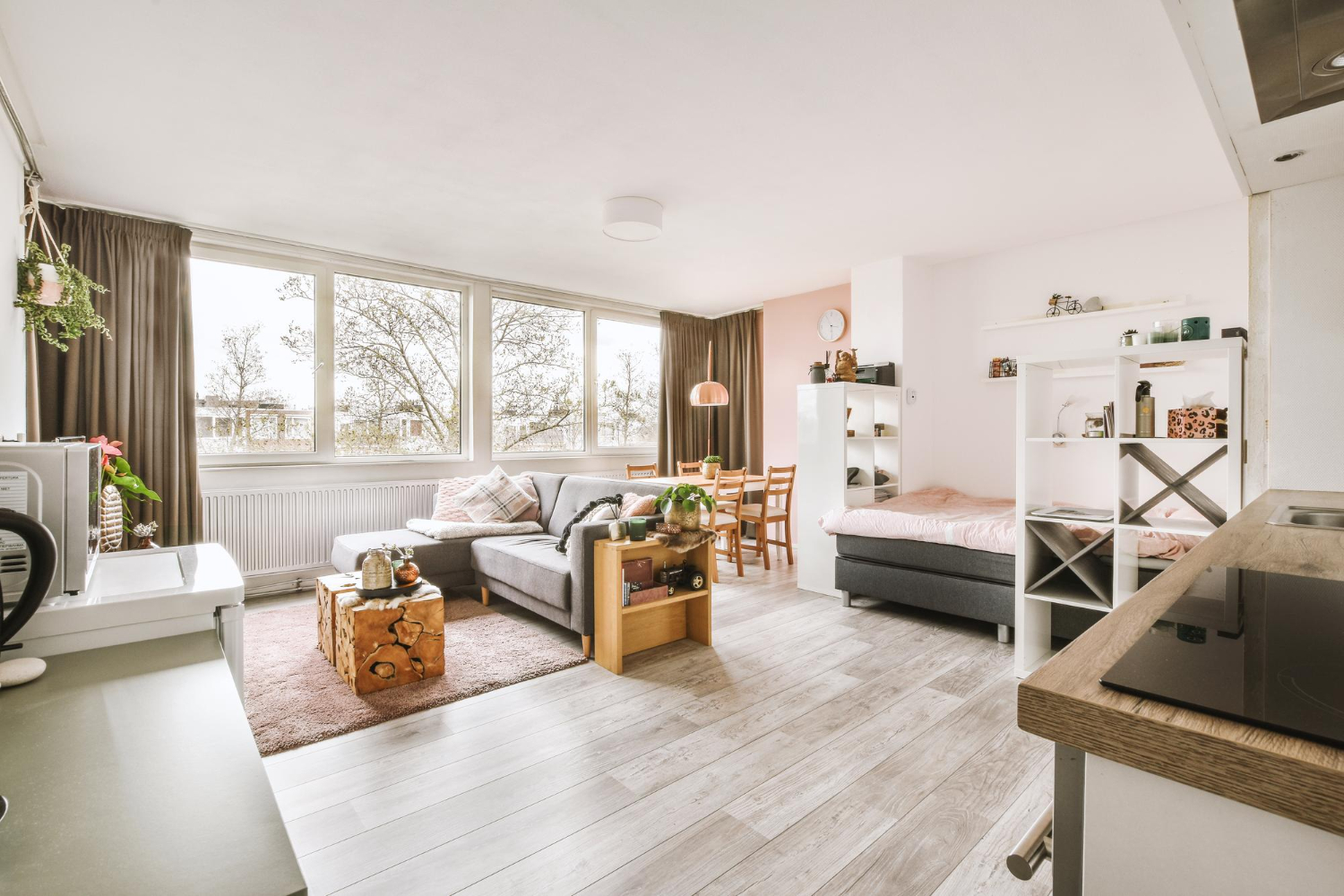Welcome to Houston Flooring Company Texas, your premier destination for hardwood flooring solutions in Houston, TX. This insightful blog post explores the factors influencing hardwood floors’ lightness or color. Whether you’re considering a new installation or seeking to restore the vibrancy of your existing floors, understanding these key factors is essential for achieving the perfect hue.
Many homeowners love the look of light-colored hardwood floors. They often ask, “What makes certain hardwood floors look so light?” There are several ways to answer this question. Here are the three main factors.
- Wood Species: Some wood species naturally have a lighter color.
- Stain and Finish: The type of stain and finish used can significantly affect the floor’s color.
- Sunlight Exposure: Floors exposed to ample sunlight appear lighter over time.
By understanding these factors, you can choose the perfect light-colored hardwood floors for your home.
The lightest-colored hardwood floor species include:
1. Red Oak
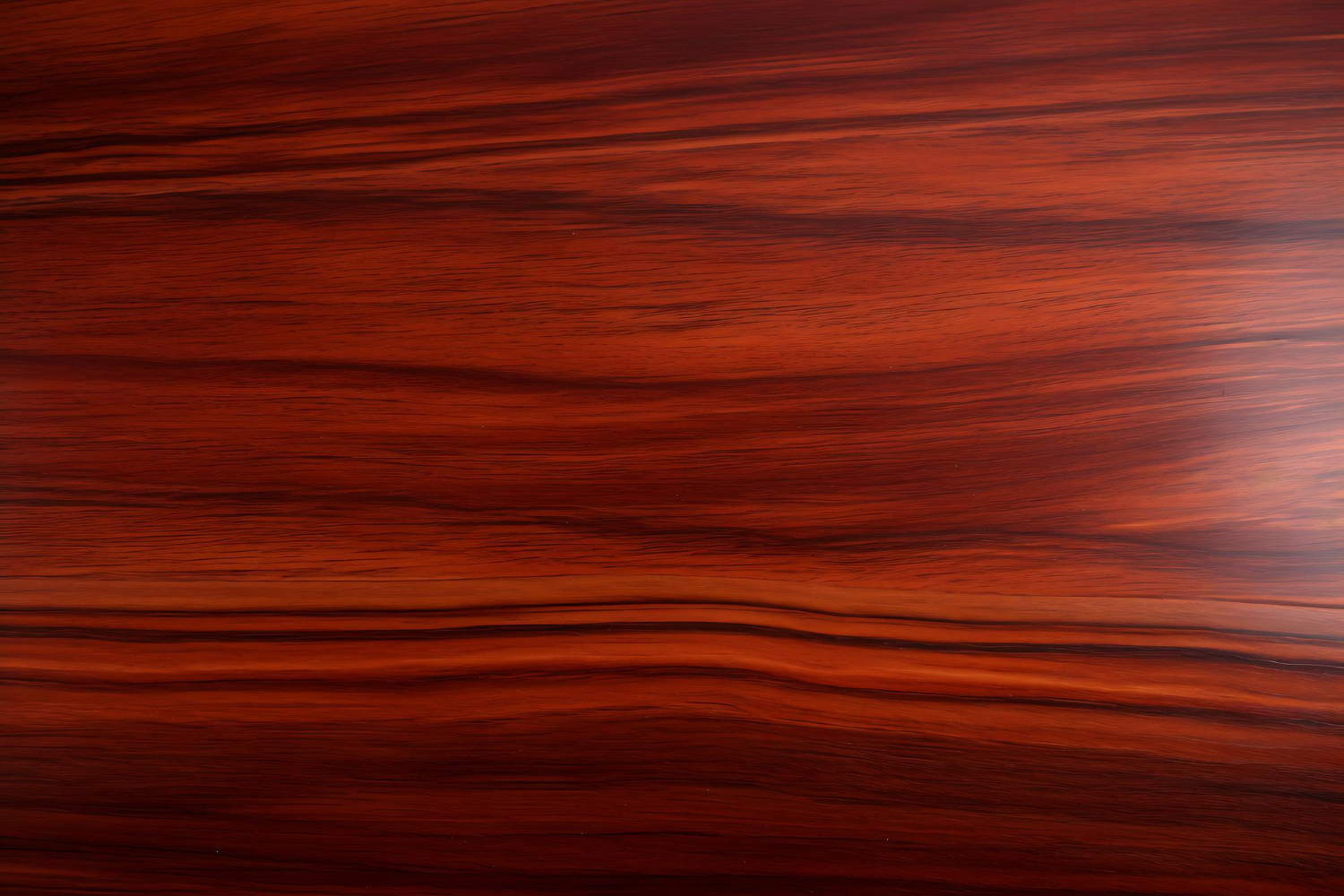
Many people are surprised that Red Oak is lighter than White Oak. With its pinkish undertones and more robust grain, Red Oak offers a more traditional look than White Oak. Perfect for classic home designs, Red Oak hardwood flooring and furniture have become popular choices for those seeking timeless beauty.
2. White Oak

White Oak is known for its smooth texture and golden-green undertones. It is slightly more complicated compared to Red Oak. If you’re choosing between White Oak and Red Oak for your flooring or furniture, consider that White Oak offers a smoother finish and distinctive coloring.
3. Maple

Maple wood is known for being the lightest colored hardwood, making it a popular choice for those seeking a modern, chic look. Its smooth grain adds to its appeal, providing a sleek finish. If you’re looking for natural blonde wood, Maple is your best option. Maple can greatly differ in color depending on the grade, offering a range of tones to suit your design needs.
When you sand and refinish wood floors, they regain their raw hardwood appearance. If you have solid hardwood floors with a dark stain, you can make them look lighter. Even darker wood species like walnuts or cherries can appear lighter with the proper stain treatment.
You can transform their look and enhance your home’s aesthetic by sanding and refinishing your hardwood floors. Follow these tips for the best results and enjoy beautifully restored wood floors.
4. Natural
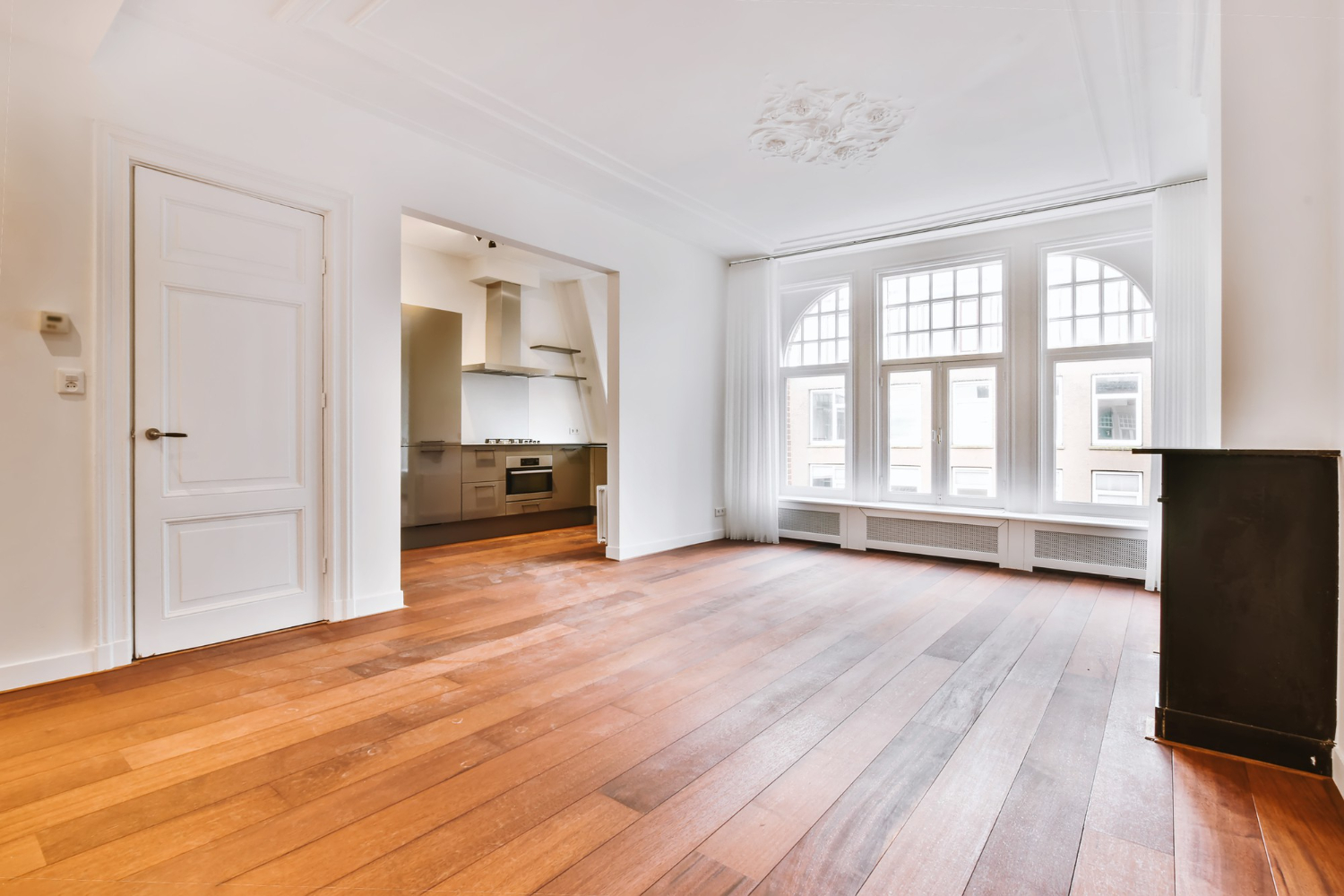
The natural stain is transparent, allowing the wood’s color to shine through. When applied to light-colored wood, it highlights the wood’s natural beauty. The final appearance will vary based on the wood’s species, grade, and age. Using natural stains on wood enhances its unique characteristics, making it an excellent choice for home improvement and woodworking projects.
5. White Wash

Whitewash gives the wood a refreshed, contemporary look that enhances your home’s interior. It pairs perfectly with cool-toned walls like white, gray, and light blue. Adding whitewash to your decor is an excellent way to increase light and brightness in your living spaces. Boost your home’s aesthetic with whitewashed wood today!
6. Light Grey
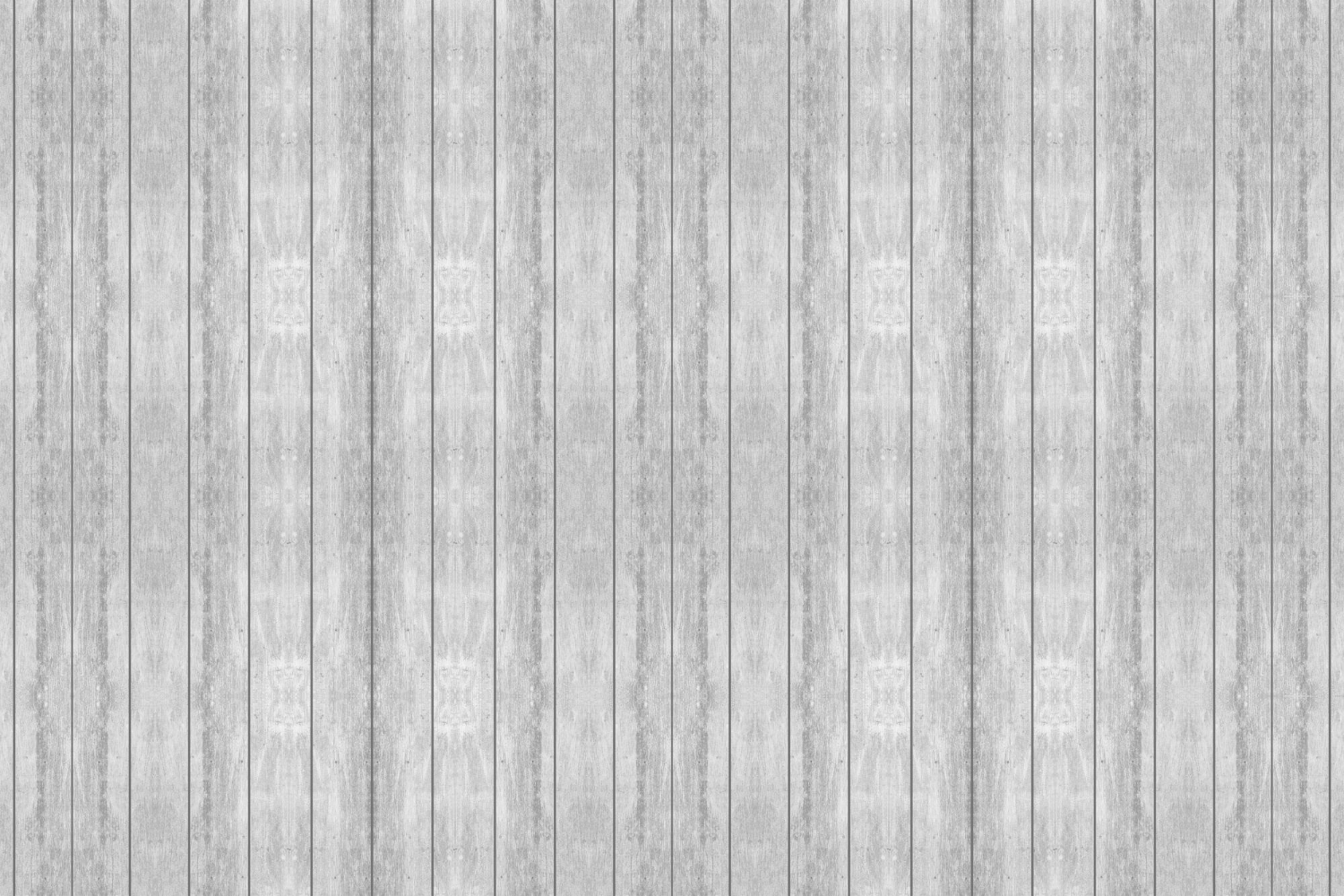
Light grey wood stain is popular for homeowners looking to refresh their space. This versatile color blends white, grey, and ebony, offering a range of shades from light grey to dark grey. Depending on the wood type, a light grey stain can enhance your home’s appearance and may appear lighter than natural. Perfect for home improvement projects, light grey stain gives a modern, clean look to your floors, furniture, or cabinetry.
We utilize two main categories of finishes:
- Swedish
- Water-based
Water-borne finishes are lighter than oil-based finishes, making them popular for hardwood floors. Unlike oil-based finishes, which can darken certain wood species and colors over time, water-borne poly helps maintain the original look of your floors. Choosing a water-borne polyurethane finish is the best option to avoid your hardwood floors darkening over time.
When finishing Red Oak, you can choose between water-based or oil-based polyurethane. However, if you’re applying a white or grey stain, you must use a water-based poly for optimal results. Similarly, White Oak pairs well with both types of polyurethane, but again, opt for a water-based poly if you’re using white or grey stains. Using suitable polyurethane ensures a durable and beautiful finish for your oak wood projects.
Takeaway
Beautiful light-colored hardwood floors can be attained with new and existing installations. Refinishing the wood and choosing a natural look or a whitewash stain is an excellent option for older floors. To achieve an even lighter appearance, consider using a water-borne urethane.
If you’re thinking about light-colored floors, consult our hardwood flooring experts. They can guide you in making the best choices to achieve the floor of your dreams.
Conclusion: Elevate Your Space with Beautiful Hardwood Flooring
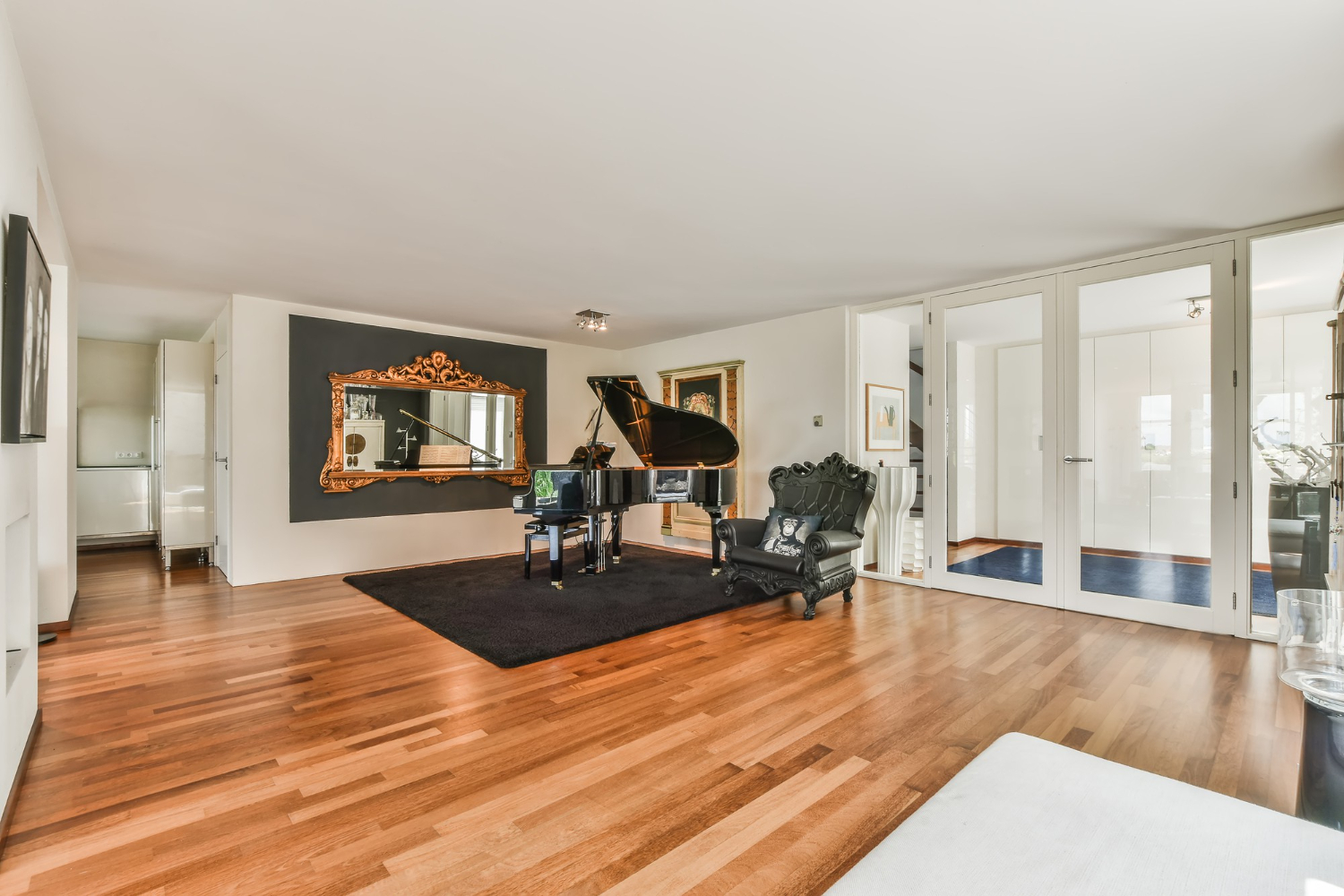
As you embark on your journey to transform your space with hardwood flooring, remember that the color of your floors sets the tone for the entire room. By considering factors such as wood species, stain selection, and finish options, you can achieve the perfect hue that complements your style and enhances the beauty of your home.
Ready to explore hardwood flooring options for your space? Contact Floor We Restore today to learn more about our expert flooring services and schedule a consultation with our team of professionals.
At Houston Flooring Company Texas, we are committed to helping homeowners in Houston, TX, achieve their vision for beautiful, durable hardwood floors. We offer comprehensive flooring solutions tailored to your unique needs, from installation to refinishing. Contact us today to elevate your space with stunning hardwood flooring.
Frequently Asked Questions (FAQs)
1: What factors contribute to the color variation in hardwood floors?
Various factors, including the wood species used, staining techniques, and finishing options, can influence the color variation in hardwood floors.
2: How do different wood species affect the color of hardwood floors?
Different wood species have inherent color variations, with lighter woods like Maple and ash offering pale hues and darker species like walnut and mahogany providing richer tones.
3: What role does stain selection play in determining hardwood floor color?
Stain selection allows for customization of hardwood floor color, with lighter stains enhancing natural wood grain and darker stains offering depth and contrast.
4: Can hardwood floor finishes impact their color?
Yes, the finish applied to hardwood floors can enhance their color and appearance. Matte finishes highlight natural wood beauty, while glossy finishes offer a more vibrant look.
5: Is it possible to change the color of existing hardwood floors?
Yes, existing hardwood floors can be refinished and restained to update their color and refresh the space’s overall look.
6: How do I choose the right stain for my hardwood floors?
When selecting a stain to achieve the desired hue for your hardwood floors, consider factors such as wood type, desired color intensity, and existing decor.
7: Are there specific considerations for maintaining the color of hardwood floors over time?
Proper maintenance, including regular cleaning and avoiding exposure to direct sunlight, can help preserve the color and beauty of hardwood floors for years to come.
8: Can hardwood floor color impact the overall aesthetic of a room?
Absolutely! The color of hardwood floors sets the tone for a room and can significantly impact its overall aesthetic, from creating a bright, airy space to adding warmth and richness.


